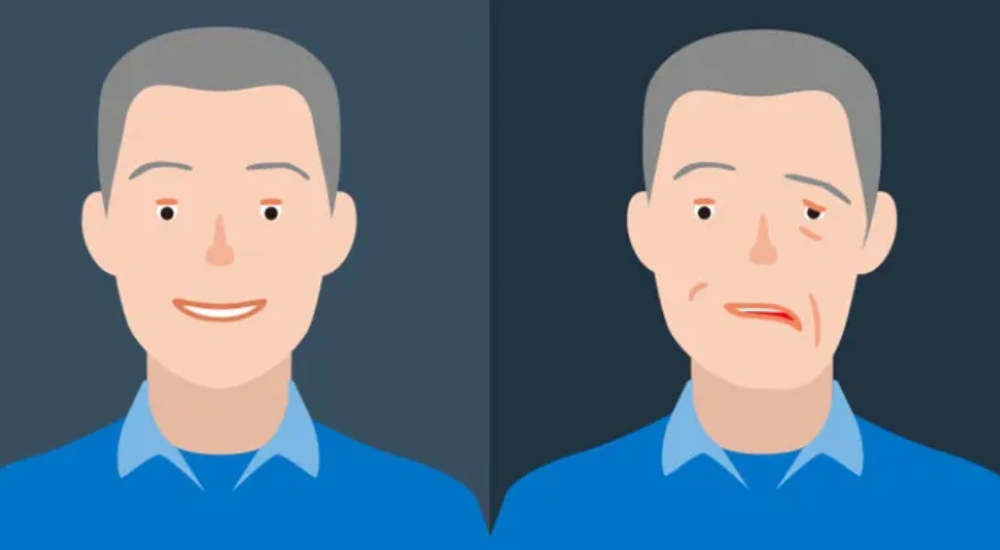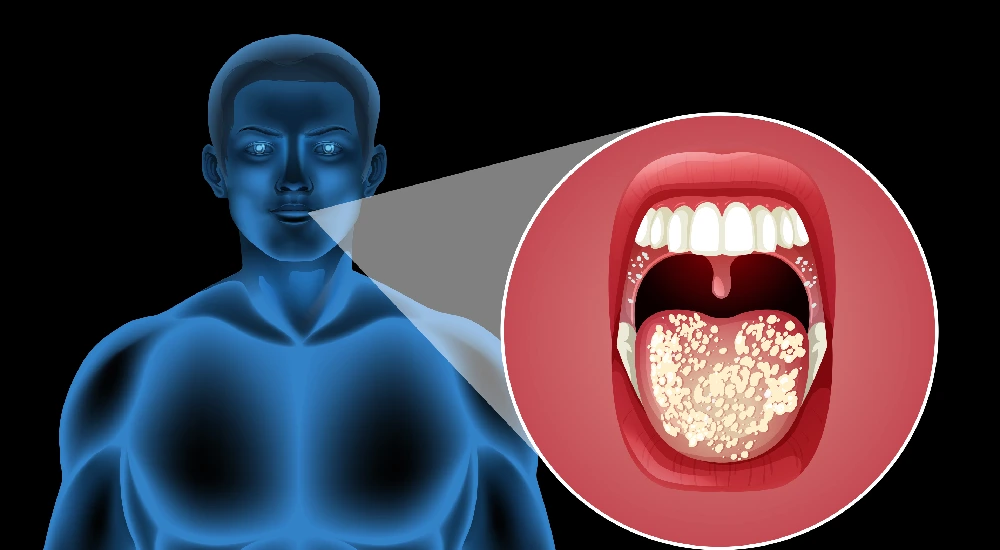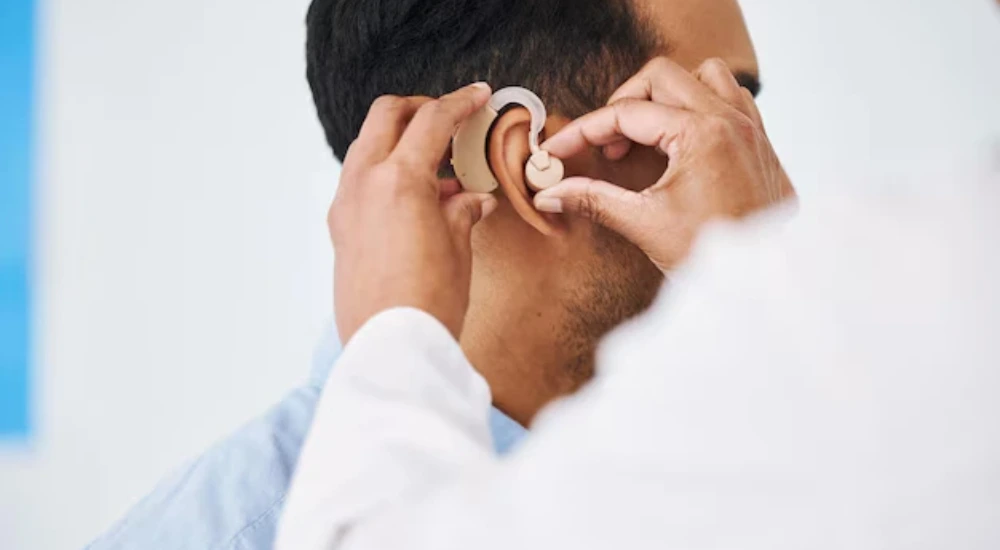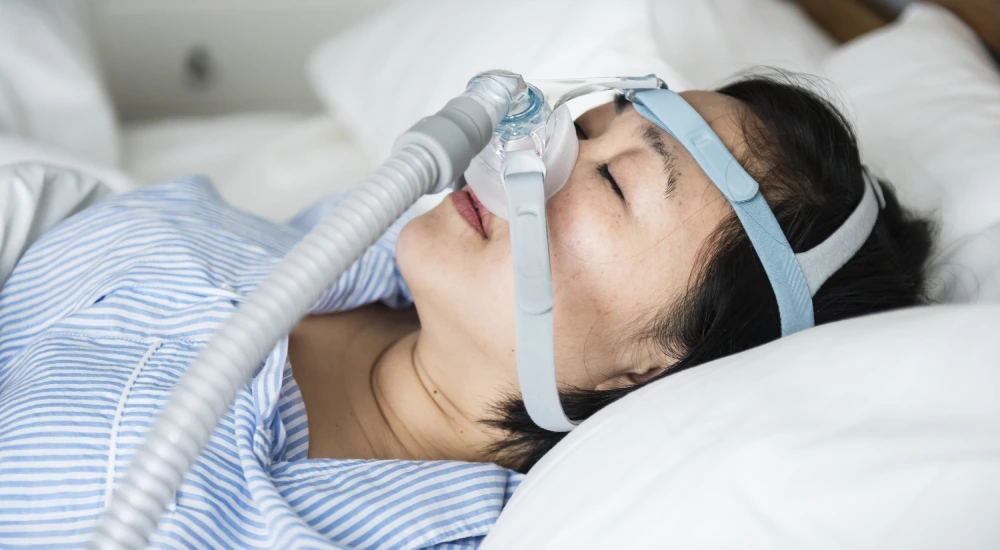
All about Bell's Palsy: Causes, Symptoms and Treatment
Bell’s palsy or Bell palsy is a condition that causes weakness or temporary paralysis or one side of your face droop.
Caused by the inflammation of the nerve that is responsive to your muscle movement, this condition leads to difficulty in closing your eye, and mouth on the affected side. This condition got its name after the Scottish anatomist Charles Bell
Often referred to as idiopathic facial palsy or Antoni's palsy, this condition can occur at any age, however, it is observed mostly between the ages of 15 to 60. There can be various reasons for Bell’s palsy. In most of the cases, the paralysis or weakness of the muscle goes away in a few weeks.
Bell’s palsy, typically, affects only one side of the face. However, there are cases in which people experience it on both sides of the face. Stay with us until the end to know more about Bell's palsy symptoms, Bell's palsy diagnosis, and Bell's palsy treatment.
What are the symptoms of Bell’s palsy?
This condition starts with the cold or Ear Infection or an eye infection. The condition of Bell’s palsy develops over a couple of weeks. However, the condition will become visible suddenly and people might start finding difficulty in blinking, swallowing, and chewing.
Additional symptoms of Bell’s palsy include drooling, inability to smile or talk freely, muscles twitches in the face, dry eyes and mouth, frequent headaches, and sensitivity to sound and light.
What exactly causes Bell’s palsy?
In some cases, Bell's palsy is believed to be triggered by a viral infection of the seventh cranial facial nerve, there is no sufficient evidence to prove it. Here are a few other causes that might lead to Bell’s palsy.
- Trauma: Trauma induced by skull-base fractures, injuries on the head, facial injuries, injury during a skull surgery, trauma during birth, and injury in the middle ear.
- Infection: Infections in the middle ear, infections on the face caused by the herpes zoster virus are the other reasons behind Bell’s palsy. HIV, sarcoidosis, Epstein-Barr virus, and Lyme diseases which is a bacterial infection can also lead to this condition.
- Toxins and Tumors: Exposure to toxins such as carbon monoxide and tumors such as acoustic neuroma, cholesteatoma, schwannoma, and glomus tumors.
- Chronic conditions: Chronic health conditions such as diabetes mellitus and even pregnancy can cause facial nerve paralysis.
Who is at risk of Bell’s palsy?
Exposure to viruses (as mentioned above), and bacterial infections can lead to Bell’s palsy. The other risk factors include pregnancy (especially the third trimester), having diabetes, being diagnosed with lung infection, and a family history of Bell’s palsy running in the family.
How is Bell’s palsy diagnosed?
Primarily, Bell’s palsy is diagnosed and treated by a neurologist but an ENT specialist can start the process. Followed by a thorough physical examination to determine the level of stiffness or weakness, the doctor might ask questions related to your symptoms, family history, and medical history.
Blood tests are conducted to determine the presence of viruses or bacteria. The specialist might also ask for the imaging tests such as an MRI or CT scan in order to check the damage or swelling of the nerve in the face.
What is the treatment for Bell’s palsy?
As mentioned earlier, Bell’s palsy is a condition that does not require a serious treatment in most cases. However, the healing can take anywhere from weeks to months based on the person’s physical condition and the cause of Bell’s palsy.
To help speed the healing process, the doctor might suggest medicine and home-remedy combination. Medicines that reduce inflammation, anti-bacterial or viral medications, and pain medications are given during the initial treatment process.
Home remedies such as a gentle facial massage, eye patch or sunglasses for the dry eyes (if it is a symptom), and warm and moist towel presses can be helpful to reduce the inflammation. Physical therapy helps you stimulate the nerves and facial muscles to heal better.
Home remedies such as a gentle facial massage, eye patch or sunglasses for the dry eyes (if it is a symptom), and warm and moist towel presses can be helpful to reduce the inflammation. Physical therapy helps you stimulate the nerves and facial muscles to heal better.
Takeaways
Even though Bell’s palsy leaves without any complications, there can be cases in which the seventh cranial nerve is severely damaged, making your brain lose control over the facial muscles.
Visit your nearest ENT Hospital if you are observing any sudden weakness in the face or drooling abruptly.
Share This Story, Choose Your Platform!






